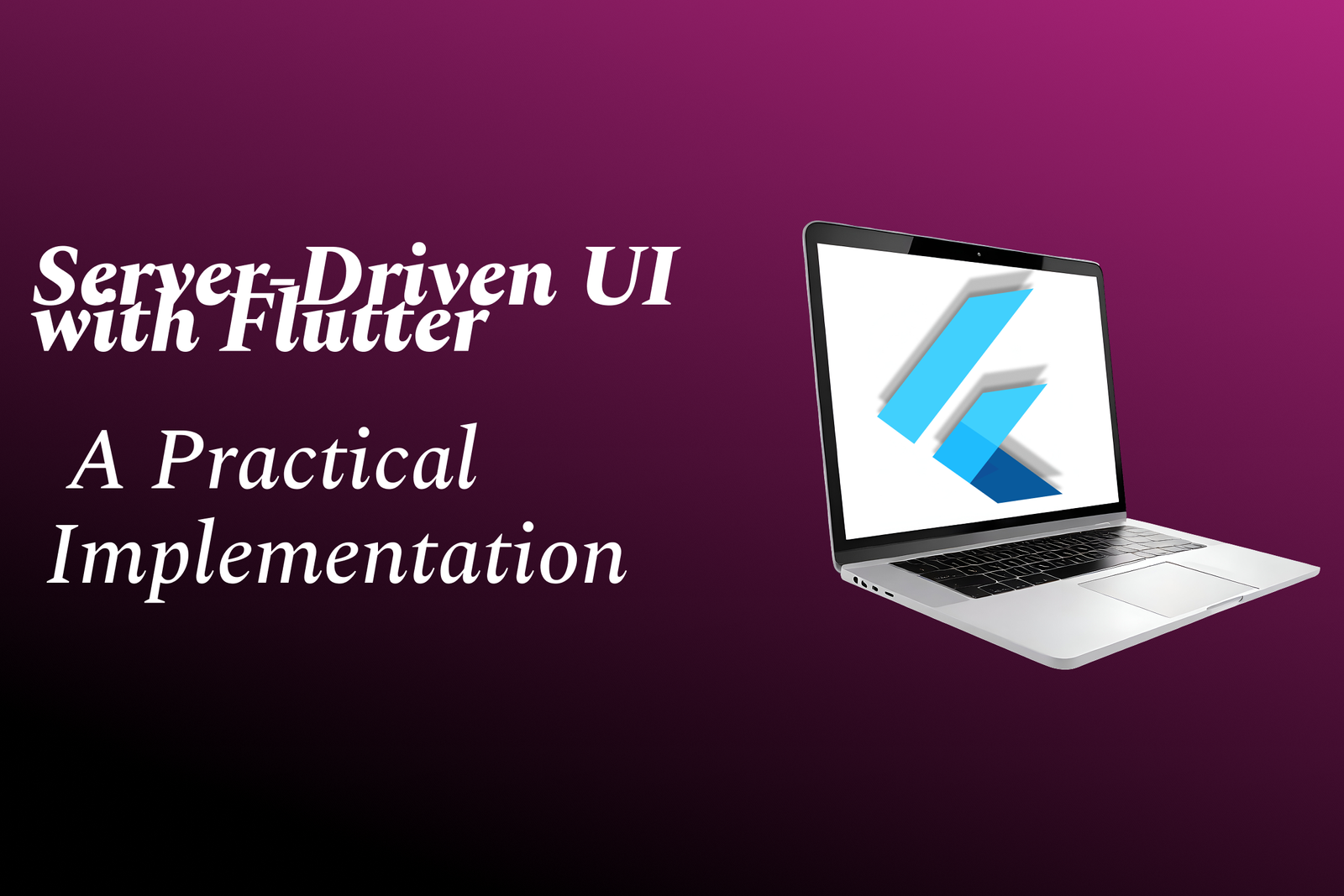How Solved Php Program Execute
A solved PHP program executes by processing the server-side code written in PHP, which is embedded w
How Solved Php Program Execute
A solved PHP program executes on the server, transforming server-side code into dynamic web content that enhances user experience. By processing PHP scripts, which can include database interactions, calculations, and logic, it generates customized and interactive web pages in real-time. This server-side execution is essential for creating secure, efficient, and personalized websites, making PHP a valuable tool for developing dynamic web applications that adapt to user inputs and deliver seamless content.
To Download Our Brochure: https://www.justacademy.co/download-brochure-for-free
Message us for more information: +91 9987184296
A solved PHP program executes on the server, transforming server side code into dynamic web content that enhances user experience. By processing PHP scripts, which can include database interactions, calculations, and logic, it generates customized and interactive web pages in real time. This server side execution is essential for creating secure, efficient, and personalized websites, making PHP a valuable tool for developing dynamic web applications that adapt to user inputs and deliver seamless content.
Course Overview
The “How Solved PHP Program Executes” course explains the server-side process of PHP scripts, demonstrating how PHP code is processed on the server to generate dynamic web content. It covers key concepts like PHP execution flow, server interaction, and real-time rendering, enabling learners to understand how PHP powers interactive websites efficiently.
Course Description
Learn how PHP programs are executed on the server, from code parsing to output rendering, in this concise course covering PHP execution flow, server interaction, and dynamic content delivery for web development.
Key Features
1 - Comprehensive Tool Coverage: Provides hands-on training with a range of industry-standard testing tools, including Selenium, JIRA, LoadRunner, and TestRail.
2) Practical Exercises: Features real-world exercises and case studies to apply tools in various testing scenarios.
3) Interactive Learning: Includes interactive sessions with industry experts for personalized feedback and guidance.
4) Detailed Tutorials: Offers extensive tutorials and documentation on tool functionalities and best practices.
5) Advanced Techniques: Covers both fundamental and advanced techniques for using testing tools effectively.
6) Data Visualization: Integrates tools for visualizing test metrics and results, enhancing data interpretation and decision-making.
7) Tool Integration: Teaches how to integrate testing tools into the software development lifecycle for streamlined workflows.
8) Project-Based Learning: Focuses on project-based learning to build practical skills and create a portfolio of completed tasks.
9) Career Support: Provides resources and support for applying learned skills to real-world job scenarios, including resume building and interview preparation.
10) Up-to-Date Content: Ensures that course materials reflect the latest industry standards and tool updates.
Benefits of taking our course
Functional Tools
1 - PHP Debugger Tools The course introduces students to various PHP debugging tools such as Xdebug and PHPStorm Debugger, which enable step by step execution, variable inspection, and breakpoints setting. These tools help students understand the flow of PHP programs, identify errors, and optimize code performance. Learning to configure and utilize debuggers effectively is essential for troubleshooting complex issues during development and testing phases, making the debugging process more efficient and insightful.
2) Code Editors and IDEs A focus on popular integrated development environments like PHPStorm, Visual Studio Code, and Sublime Text with PHP plugins guides students in writing clean, organized code. These tools come with features such as syntax highlighting, code completion, and built in terminal access, accelerating the coding process and reducing errors. Familiarity with these editors enhances productivity and facilitates real time code execution and testing within a user friendly environment.
3) PHP Built in Server The course demonstrates how to utilize PHP’s built in web server for local development and testing purposes. This lightweight server allows students to run PHP scripts instantly without configuring complex server setups, enabling quick validation of program execution. Mastering the built in server helps students understand the interaction between PHP scripts and server environments, preparing them for deployment scenarios.
4) Profiling and Performance Tools Tools like XHProf, Blackfire, and New Relic are covered to analyze script execution time, memory consumption, and bottlenecks. These profiling tools provide insights into how PHP executes code, highlighting areas for optimization. Students learn to interpret profiling reports to enhance application performance, ensuring efficient resource utilization.
5) Version Control Systems The course emphasizes the role of Git and using platforms like GitHub or GitLab for code versioning and collaboration. Version control tools help students track changes during development, revert to previous states if needed, and work seamlessly in teams. They also facilitate managing different versions of PHP scripts, enabling better control over code evolution during execution.
6) Logging Tools and Techniques Using logging libraries and PHP’s error logging capabilities, students are trained to implement effective logging strategies. These tools allow tracking of script execution flow, capturing errors, warnings, and informational messages during runtime. Proper logging helps in debugging, monitoring application health, and maintaining the stability of PHP programs in real world scenarios.
7) Command Line Interface (CLI) Tools The course explores various CLI tools like Composer for dependency management and PHP CLI for executing scripts directly from the terminal. These command line tools streamline development workflows, enabling rapid testing and execution of PHP programs outside of a web server environment. Mastery of CLI tools empowers students with efficient, versatile methods of program management and execution.
8) Database Management Tools Integration of PHP with database systems using tools like phpMyAdmin, MySQL Workbench, or Sequel Pro to understand data flow during program execution. These tools assist students in managing databases, executing queries, and observing how PHP scripts interact with data storage systems. This understanding is crucial for developing dynamic applications with efficient backend data handling.
9) Monitoring and Analytics Platforms The course covers tools such as Grafana and Kibana to visualize server and application metrics related to PHP execution. These platforms help in real time monitoring of application performance, error rates, and resource usage, enabling students to gain a comprehensive view of their programs in production environments. Utilizing such tools ensures proactive maintenance and high availability of PHP applications.
10) Automated Testing Frameworks Tools like PHPUnit are introduced for writing and executing automated test cases, ensuring that PHP programs run as expected under various conditions. Automated testing verifies program behavior, reduces bugs, and facilitates continuous integration practices. Students learn how to write effective tests that reflect real world execution scenarios, increasing software reliability.
11 - Static Code Analysis Tools – The course introduces tools such as PHPStan and Psalm that analyze PHP code for potential errors, coding standards violations, and type safety issues without executing the program. Static analysis helps students identify bugs early in the development cycle, maintain code quality, and adhere to best practices, leading to more robust applications.
12) Dependency Management Tools – Deep dive into Composer, PHP’s dependency manager, enabling students to manage third party libraries and frameworks seamlessly. Understanding dependency management ensures that projects are reproducible and that updates or new features can be integrated efficiently without conflicts, improving overall program stability.
13) API Testing and Documentation Tools – Learning to use tools like Postman and Swagger for testing RESTful APIs built with PHP. These tools help developers verify API endpoints, simulate client requests, and generate interactive documentation. Mastery here ensures that PHP applications with external integrations are reliable, well documented, and easy to maintain.
14) Containerization and Virtualization – Introduction to Docker and Vagrant for creating consistent development and testing environments. These tools allow students to containerize PHP applications, ensuring environment uniformity across development, staging, and production, which simplifies deployment and reduces environment related bugs.
15) Continuous Integration/Continuous Deployment (CI/CD) Tools – Training on pipelines using Jenkins, GitHub Actions, or GitLab CI to automate testing, building, and deploying PHP applications. Incorporating CI/CD practices enhances development efficiency, accelerates release cycles, and ensures high quality code through automated validation.
16) Security Testing Tools – Exploration of tools like OWASP ZAP and Burp Suite to identify security vulnerabilities within PHP applications. These tools aid students in performing penetration testing, ensuring that programs adhere to security best practices and protect sensitive data against attacks.
17) Performance Monitoring Solutions – Utilizing application performance management (APM) solutions such as AppDynamics or Dynatrace to monitor PHP applications in real time. These platforms provide deep insights into application behavior under load, user interactions, and system health, supporting proactive optimization efforts.
18) Session and State Management Tools – Training on caching mechanisms and session management tools like Redis, Memcached, and APCu, which improve application speed and scalability. Understanding these tools enables students to optimize PHP program execution by reducing server load and latency.
19) Cloud Platform Integrations – Guidance on deploying and managing PHP applications on cloud services like AWS, Azure, or Google Cloud. Using cloud native tools and services, students learn to run, monitor, and scale PHP programs efficiently in cloud environments, enhancing remote program execution and accessibility.
20) Error Tracking and Crash Reporting Tools – Introduction to services like Sentry or Rollbar that automatically capture runtime errors and exceptions in PHP applications. These tools assist in rapid incident response, debugging, and improving program stability by providing detailed error context during execution.
21 - Messaging and Queueing Systems – Coverage of message brokers like RabbitMQ or Apache Kafka, which facilitate asynchronous communication in complex PHP systems. Mastery of these tools allows students to develop decoupled, scalable programs capable of handling high throughput and real time processing tasks.
22) Workflow Automation Tools – Leveraging automation platforms like Zapier or custom scripts that streamline repetitive development and deployment tasks. Such tools optimize program execution workflows, minimize manual errors, and speed up project delivery cycles.
23) Automation Testing Tools – Using Selenium or Cypress for automated front end testing integrated with PHP backend validation. These tools help ensure that PHP applications function correctly across various browsers and devices, crucial for comprehensive program validation.
24) Data Visualization and Reporting Tools – Employing platforms like Tableau or Power BI that connect with PHP applications to generate insightful reports and dashboards. These tools assist in interpreting execution data, highlighting performance trends, and supporting strategic decision making related to program execution.
25) Network Monitoring and Troubleshooting Tools – Utilizing Wireshark and Nagios to diagnose network related issues impacting PHP application performance. These tools are vital for troubleshooting connectivity problems, latency issues, or security breaches during program execution.
26) Load Testing Frameworks – Implementing tools like Apache JMeter or Locust to simulate high traffic conditions on PHP applications. Load testing prepares students to evaluate program scalability and robustness under stress, ensuring reliable execution during peak usage.
27) Session Replay and User Behavior Analytics – Utilizing tools that record user interactions with PHP web applications for analysis. These insights help optimize program flow, enhance user experience, and identify execution bottlenecks related to user activity.
28) Backup and Restoration Tools – Training on solutions like Bacula or Veeam for data backup and recovery, safeguarding program data during execution and updates. Proper backup strategies are critical for disaster recovery and maintaining program integrity.
29) Automated Code Refactoring Tools – Introduction to IDE plugins and tools like PHP_CodeSniffer or PHP CS Fixer that analyze and improve code structure automatically. These tools help maintain clean, efficient code during program evolution, reducing technical debt.
30) Real time Collaboration Tools – Using platforms such as Slack, Microsoft Teams, or integrated IDE collaboration features to coordinate team efforts during PHP program development and debugging. Effective collaboration tools improve communication and reduce errors during program execution.
Browse our course links : https://www.justacademy.co/all-courses
To Join our FREE DEMO Session:
This information is sourced from JustAcademy
Contact Info:
Roshan Chaturvedi
Message us on Whatsapp: +91 9987184296
Email id: info@justacademy.co
Where Can I Learn Power Bi
How to Troubleshoot and Execute PHP Programs Successfully
Effective Steps to Troubleshoot and Successfully Execute PHP Programs
Step-by-Step Guide to Troubleshoot and Execute PHP Programs Successfully
How to Troubleshoot and Execute PHP Programs Successfully











